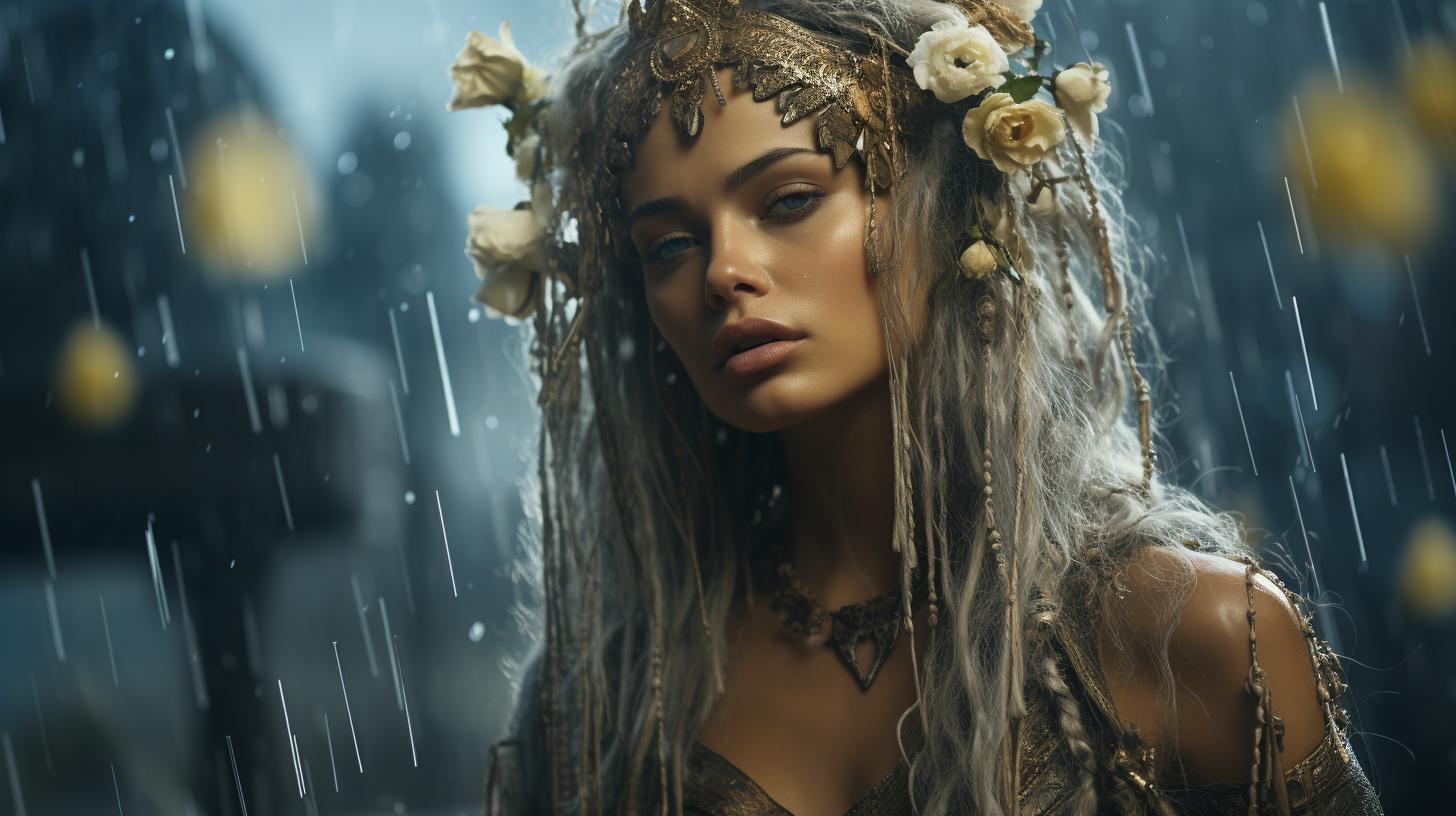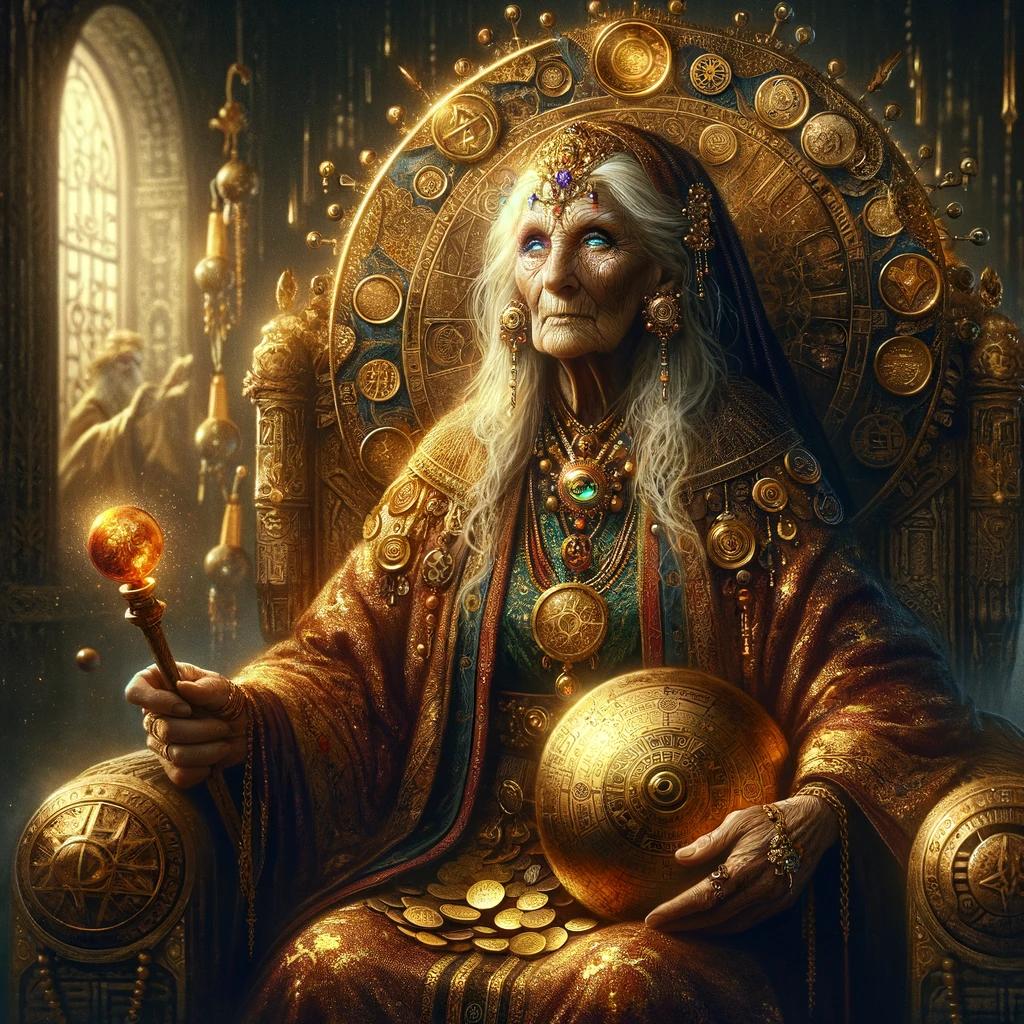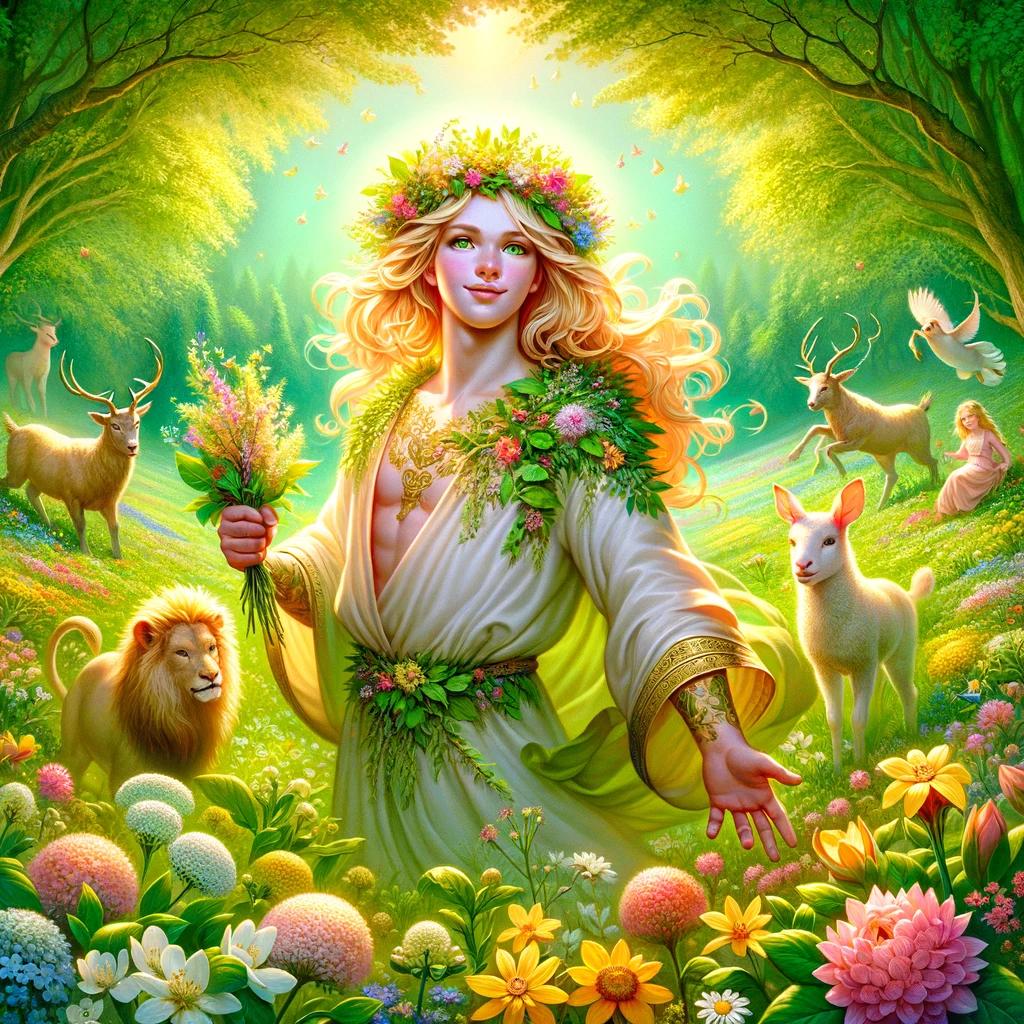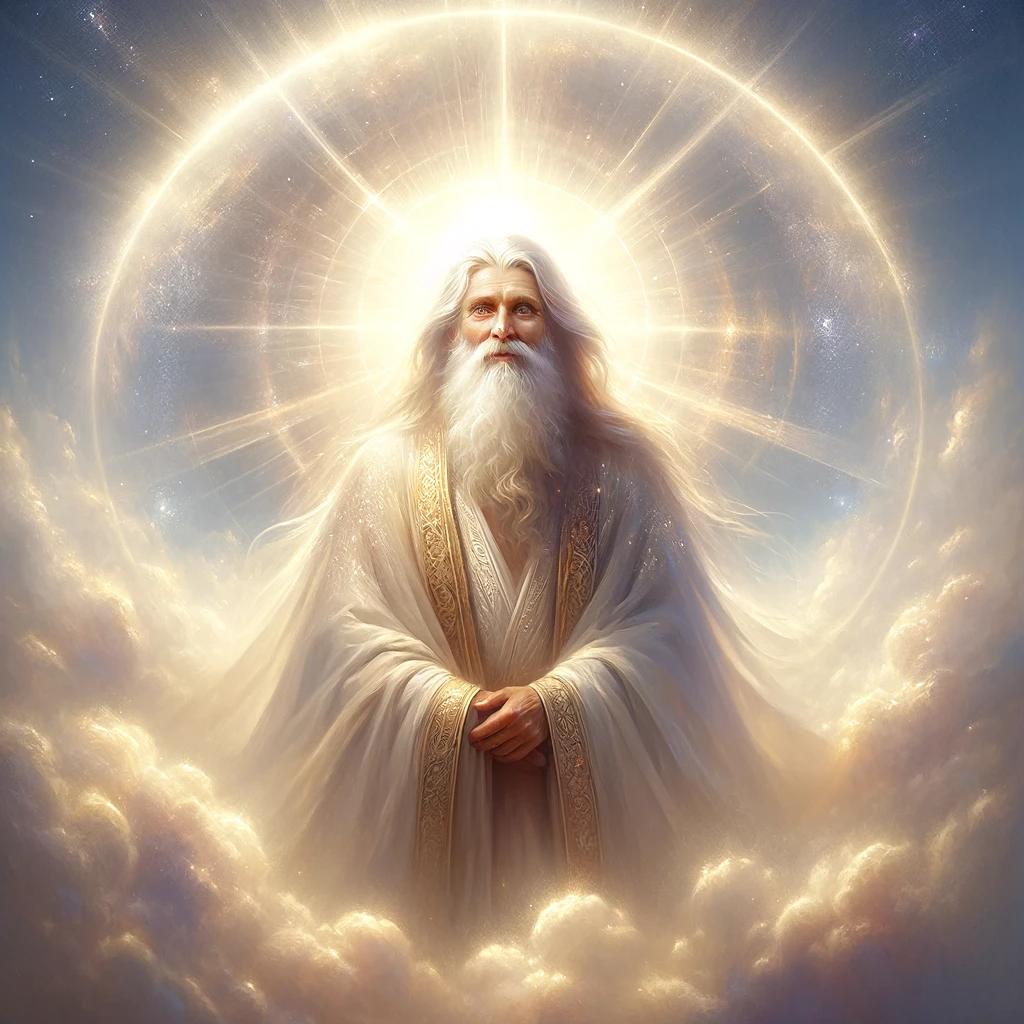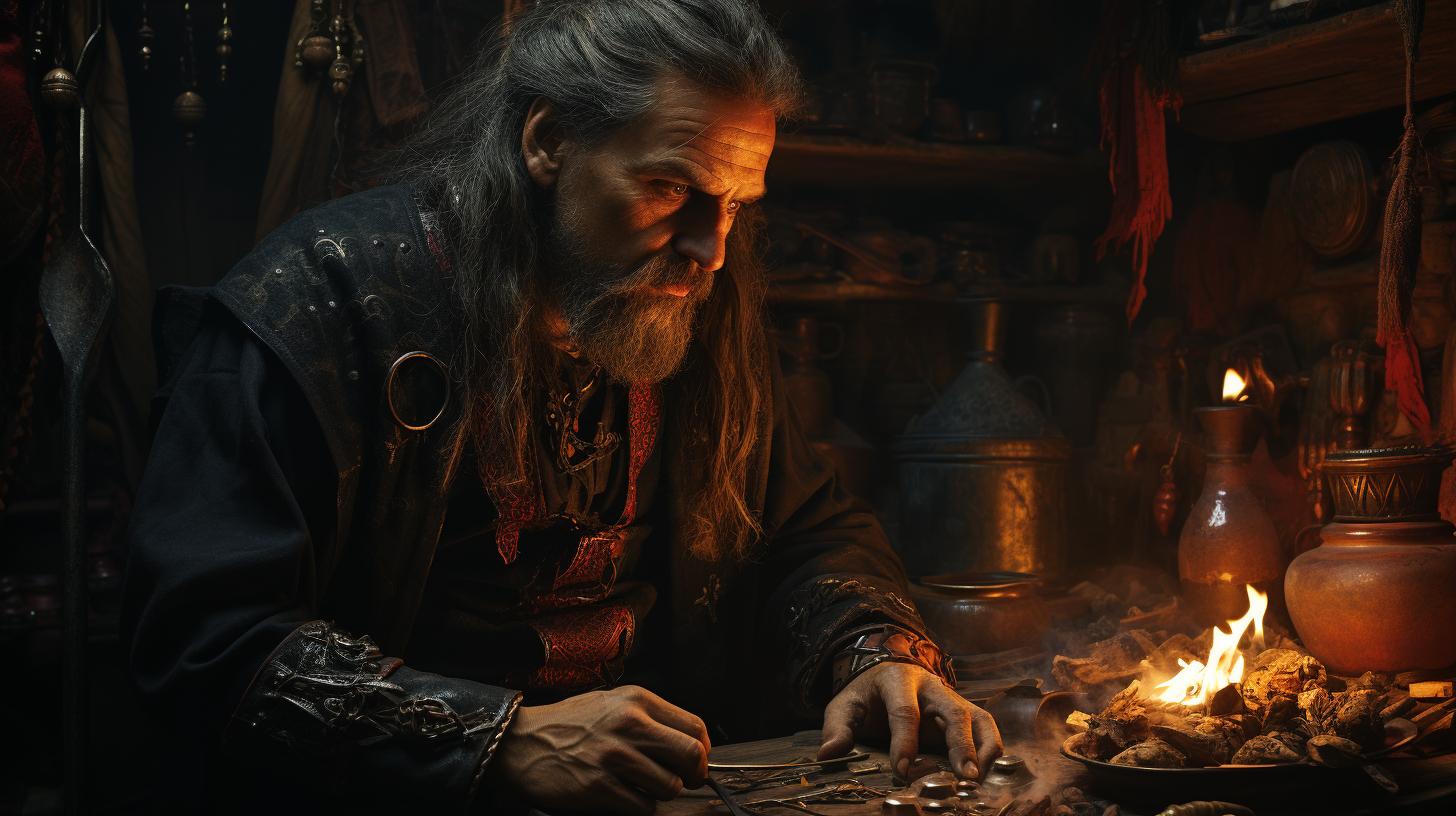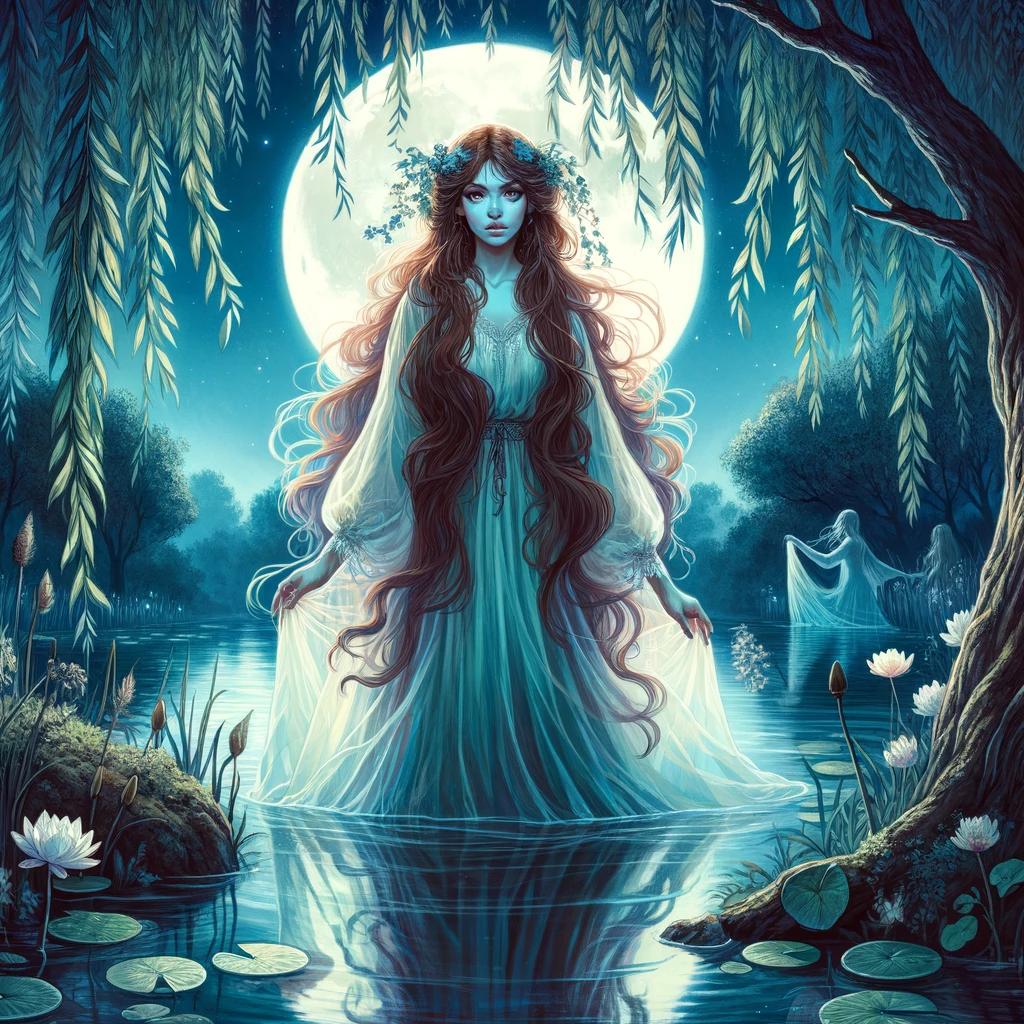Zorya Slavic Goddess: Unveiling the Sacred Secrets of Slavic Mythology
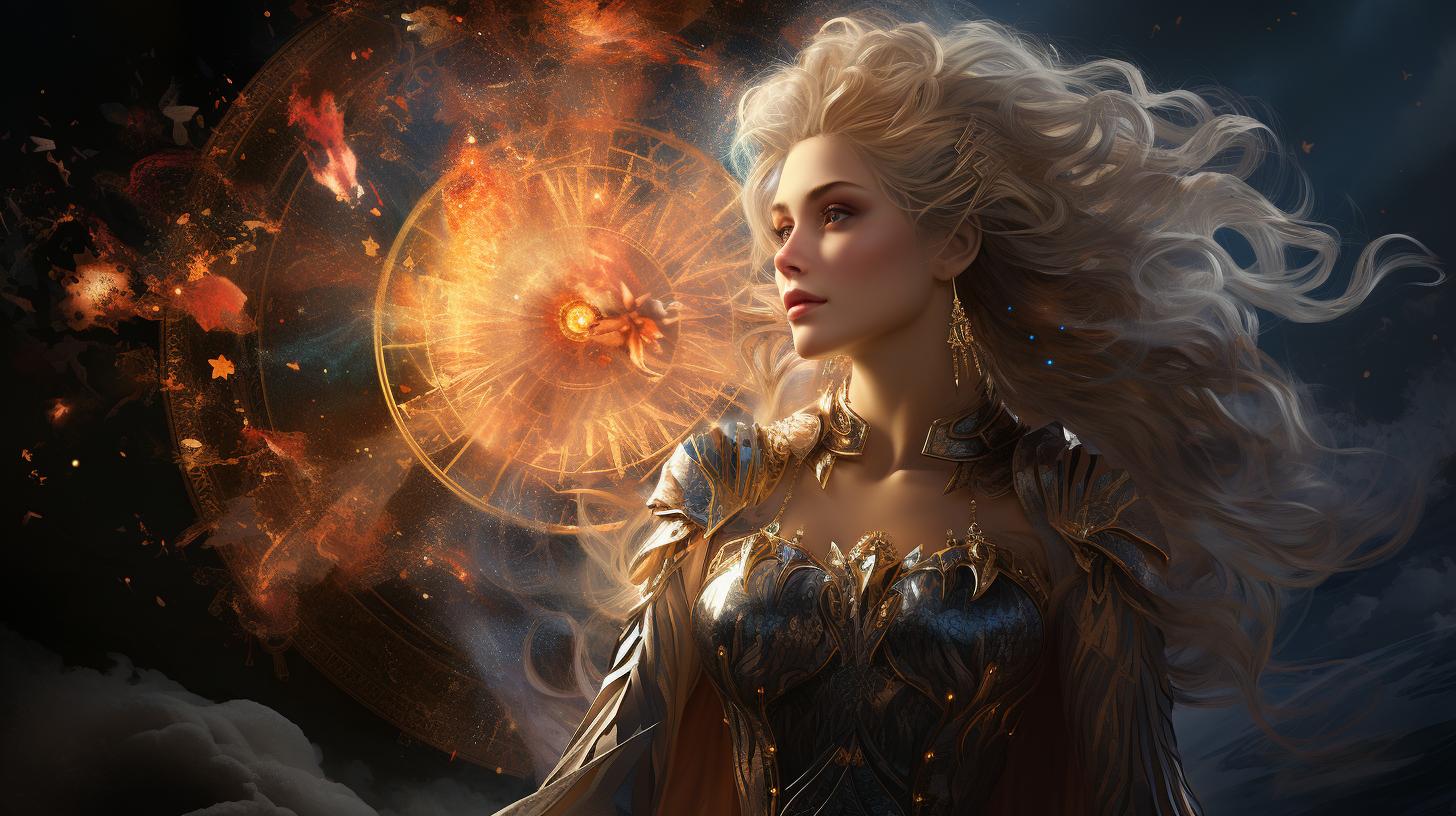
Zorya Slavic Goddess, a significant figure in Slavic mythology, holds deep mythological symbolism. She is one of the three Zorya sisters, with different roles and attributes. Zorya Vechernyaya, also known as the Evening Star, is highly revered in Slavic folklore and Russian tradition.
These goddesses have connections to the Slavic pantheon and Indo-European mythology, with stories and legends surrounding their existence. The Zorya sisters, particularly Zorya, Utrennyaya, and Polunochnaya, play a vital role in creating cosmic balance and influence daily life and traditions through their association with the sun and dawn.
Zorya Slavic Goddess
The Zorya Slavic Goddess holds a prominent position in Slavic mythology, captivating individuals with her enigmatic presence and mythical significance. This deity is intricately intertwined with the origins of Slavic mythology, symbolizing profound connections to nature and cosmic forces.
Origins of Slavic Mythology
The roots of Slavic mythology can be traced back to ancient times, when early Slavic tribes inhabited the lands of Eastern Europe. Their beliefs and rituals revolved around the natural elements and celestial bodies, giving birth to a rich and complex mythology that emerged from their spiritual practices.
Mythological Significance of Zorya Goddess
The Zorya Goddess embodies numerous mythological significances within Slavic folklore. She personifies the duality of light and darkness, representing the transition between day and night. As the goddess of dawn, she heralds the rising sun, bringing hope and renewal to the world.
Zorya is also associated with protection, acting as a guardian against evil and ensuring harmony in the cosmos.
Zorya Goddess Symbolism
The symbolism surrounding the Zorya Goddess unveils layers of profound meaning. She is often depicted as a radiant figure, adorned with celestial ornaments and carrying symbols of the sun and stars.
The Morning Star, in particular, is closely connected to Zorya’s symbolism, representing enlightenment and the promise of a new day. As a cosmic guardian, she embodies strength, courage, and balance, serving as a beacon of light in a world encompassed by darkness.
Zorya Vechernyaya
Zorya Vechernyaya, also known as the Evening Star, holds a significant place in Slavic folklore and mythology. She is one of the three Zorya sisters, each representing a different phase of the day.
Vechernyaya specifically embodies the evening, playing a crucial role in the celestial cycle.
The Evening Star
As the Evening Star, Zorya Vechernyaya is associated with the planet Venus, which shines brightly in the evening sky. Her radiance guides weary travelers and provides comfort during the dusk hours.
She symbolizes tranquility, hope, and protection that comes with the setting of the sun.
Zorya Vechernyaya in Slavic Folklore
In Slavic folklore, Zorya Vechernyaya is depicted as a guardian of the gates of the heavenly palace. It is believed that she opens the gates for the sun to rise and ensures its safe return at the end of every day.
Her role in safeguarding the celestial balance highlights her importance in maintaining cosmic harmony.
Legends tell tales of her benevolence, granting wishes to those deemed worthy and offering guidance to those lost in the darkness.
She embodies the soothing embrace of nightfall, providing solace and protection to those who seek her shelter.
Zorya Vechernyaya in Russian Tradition
Within Russian tradition, Zorya Vechernyaya is associated with the concept of “Vechornytsi” or “Evenings.” These evenings are considered a sacred time when the veil between the mortal and spiritual realms becomes thinner.
It is believed that during this time, Zorya Vechernyaya’s presence is strongest, offering blessings and inspiration for those who connect with her.
Her influence extends beyond celestial matters, as she is regarded as a patron of beauty, arts, and creativity.
Many Russian artists and poets draw inspiration from her serene aura, channeling her energy to create extraordinary works of art.
Zorya Sisters Mythology
The Zorya Sisters play a crucial role in Slavic mythology and are revered for their unique attributes and contributions. Utrennyaya, Vechernyaya, and Polunochnaya are the three Zorya Sisters, each representing different aspects of celestial phenomena.
Let’s explore the roles and attributes of each sister and unravel some enchanting stories and legends surrounding them.
Three Zorya Sisters: Utrennyaya, Vechernyaya, and Polunochnaya
The Zorya Sisters are personifications of the morning dawn (Utrennyaya), the evening dusk (Vechernyaya), and the midnight twilight (Polunochnaya). These celestial beings embody the essence of light and darkness, symbolizing the cyclical nature of time and the cosmic balance.
Each sister holds a distinct position in the celestial realm, contributing to the harmony of the universe.
Roles and Attributes of Each Sister
Utrennyaya:
Utrennyaya, the Morning Star, greets the world with her radiant light, symbolizing the rebirth of the sun and the beginning of a new day. She brings hope, renewal, and the promise of a fresh start.
Utrennyaya is associated with vitality, optimism, and the awakening of nature.
Vechernyaya:
Vechernyaya, the Evening Star, ushers in the twilight hours, marking the transition from day to night. She embodies tranquility, contemplation, and the mystical allure of the evening. Vechernyaya guides wanderers and ensures their safe passage under her watchful gaze, protecting them from the darkness.
Polunochnaya:
Polunochnaya, the Midnight Star, reigns over the realm of the deep night and the mystical hours of darkness. She embodies mystery, introspection, and the unknown. Polunochnaya guards ancient secrets, granting wisdom and insight to those who seek her guidance during the profound stillness of midnight.
Stories and Legends Surrounding the Zorya Sisters
Throughout Slavic mythology, the Zorya Sisters have captivated storytellers with their enchanting tales. Legends depict their encounters with heroes, prophecies, and their pivotal role in shaping destinies. These stories often reveal their wisdom, benevolence, and occasional tests of devotion.
The Zorya Sisters’ legends continue to inspire and ignite the imagination of those who hear them, reminding us of the timeless power of myth and folklore.
Zorya Goddesses and Other Slavic Gods
The Zorya goddesses hold a significant place within the Slavic pantheon, establishing intricate relationships with other deities.
Relationship with Slavic Pantheon
Zorya goddesses are interconnected with various Slavic gods, forming a complex web of mythological interactions. They are often associated with celestial beings such as Perun, the god of thunder, and Dazbog, the god of the sun.
These connections highlight the importance of cosmic balance and the interdependence of various forces within the Slavic mythological realm.
Zorya Goddesses in Indo-European Mythology
Expanding beyond the Slavic pantheon, Zorya goddesses have roots in Indo-European mythology. Similar deities are found throughout different cultures, such as the Hindu goddess Ushas and the Greek goddess Eos. These parallels suggest common origins and shared concepts of celestial goddesses associated with dawn and cosmic harmony.
Connections and Interactions with Other Slavic Deities
The Zorya goddesses play vital roles in the narratives of other Slavic deities. They offer protection and guidance to gods and humans alike. For example, they assist in keeping the monstrous serpent Zmey chained, preventing chaos and destruction.
Their interactions with other gods illustrate their importance in maintaining order and safeguarding the mortal realm.
The Zorya and the World
The Zorya goddesses, particularly Zorya Vechernyaya, are closely associated with the sun and dawn, playing a pivotal role in shaping the world and its cosmic balance. Through their connection with the celestial bodies, Zorya Vechernyaya holds a special place in Slavic mythology.
Zorya’s Association with the Sun and Dawn
Zorya is deeply intertwined with the sun, representing its different aspects throughout the day. As the Evening Star, Zorya Vechernyaya heralds the arrival of dusk and the transition from day to night.
This association with the sun and its cycles makes her a significant symbol of hope, renewal, and new beginnings.
Zorya’s Role in Creating Cosmic Balance
The Zorya goddesses, including Zorya Vechernyaya, play a vital role in maintaining cosmic balance. With their influence over the sun and rhythm of the day, they ensure the harmony of the world.
Zorya Vechernyaya’s presence and vigilance at dusk prevent the release of the terrifying and destructive cosmic creature, Simargl, safeguarding balance and order.
Zorya’s Influence on Daily Life and Traditions
The reverence and respect for Zorya Vechernyaya spill over into daily life and traditions in Slavic culture. Her role as the guardian against evil forces makes her a source of protection and guidance for believers.
Many Slavic rituals, ceremonies, and festivals are held in her honor, celebrating her connection to the sun and the power she wields over the world.
From prayers to offerings, the presence of Zorya Vechernyaya in the lives of Slavic communities is evident.
Her embodiment of light and darkness, hope and protection, adds depth to the rich tapestry of Slavic mythology and belief system. The Zorya goddesses and their influence on daily life continue to be an integral part of the Slavic cultural heritage, representing the enduring power of these ancient mythological figures.
.













